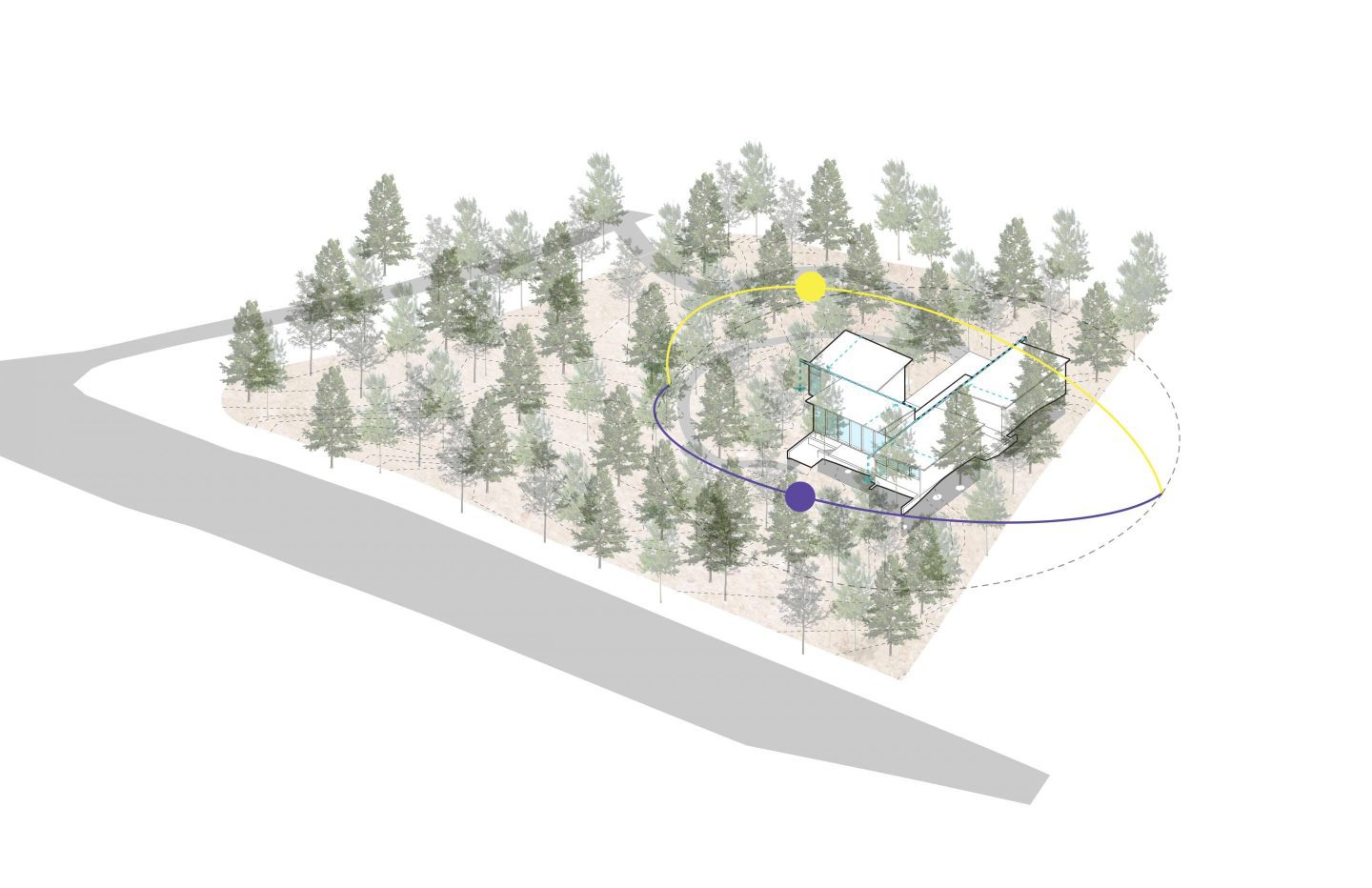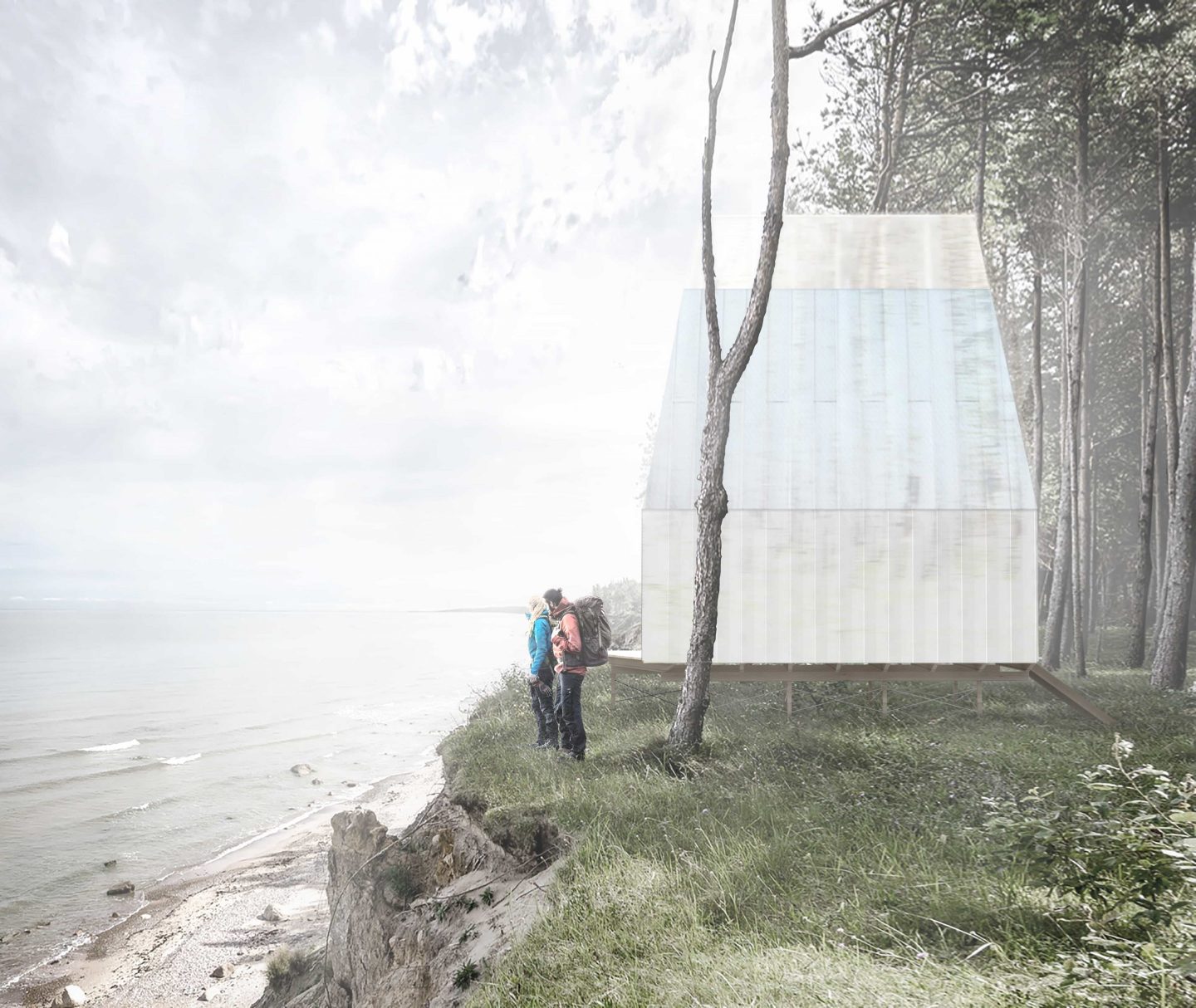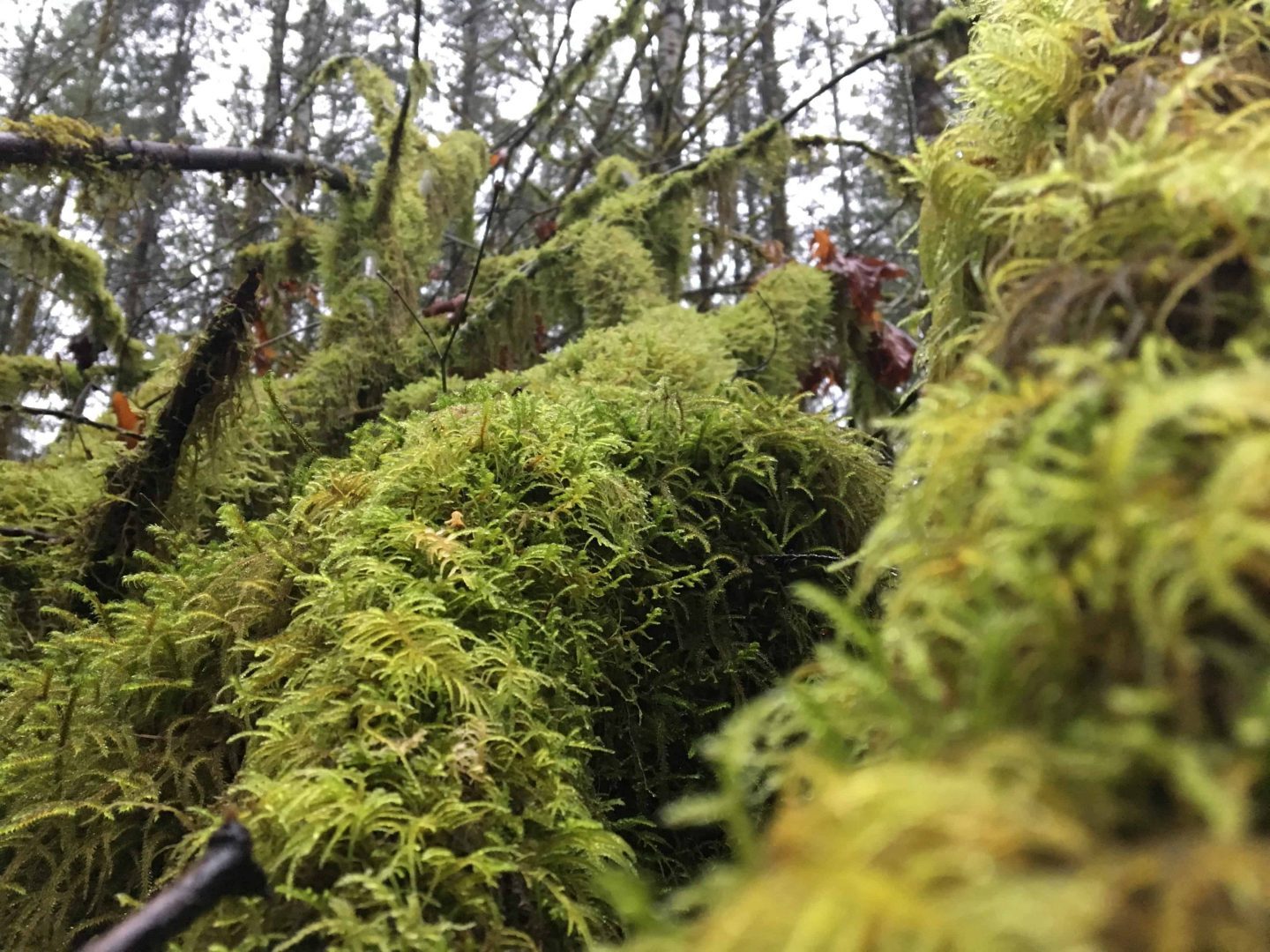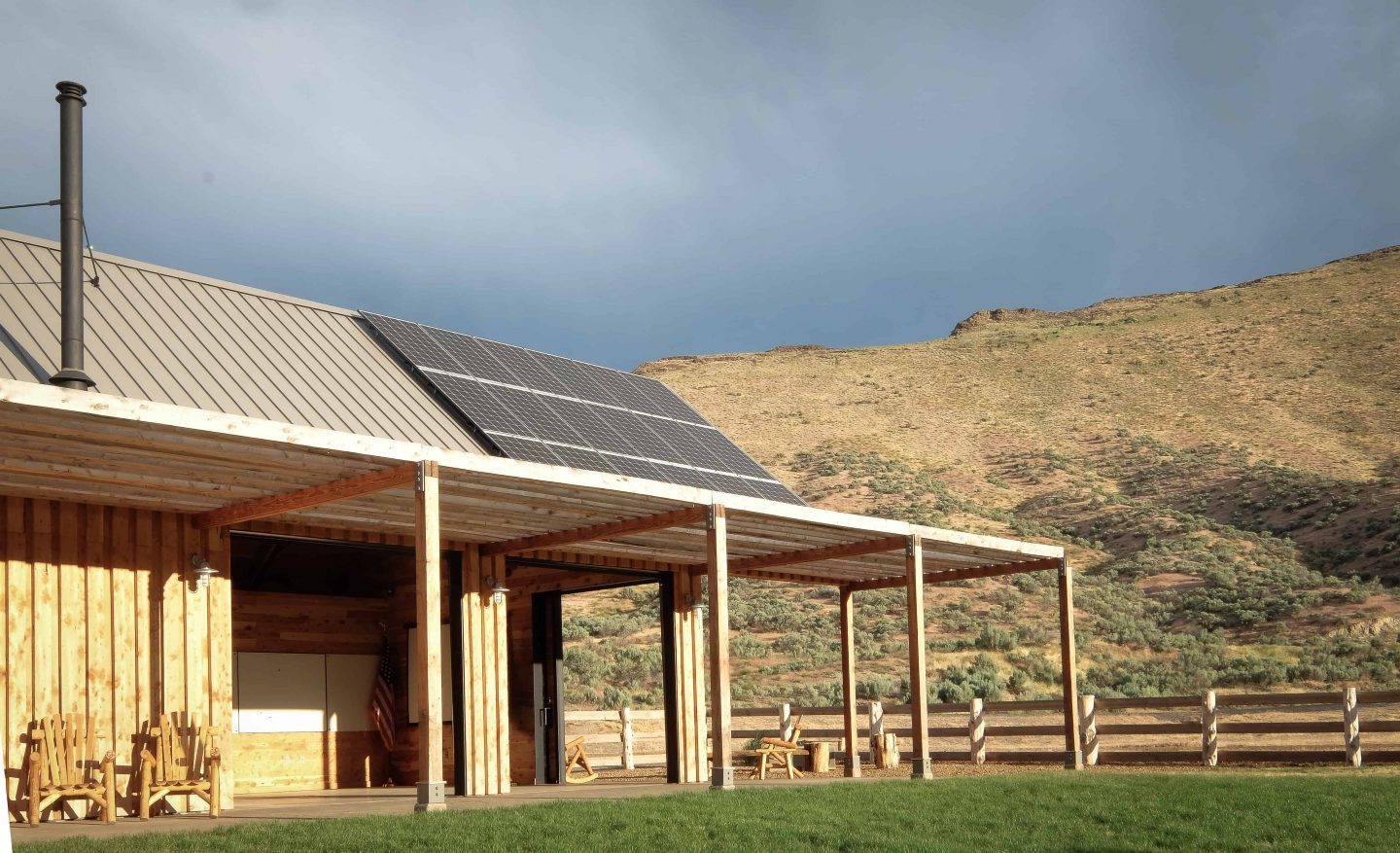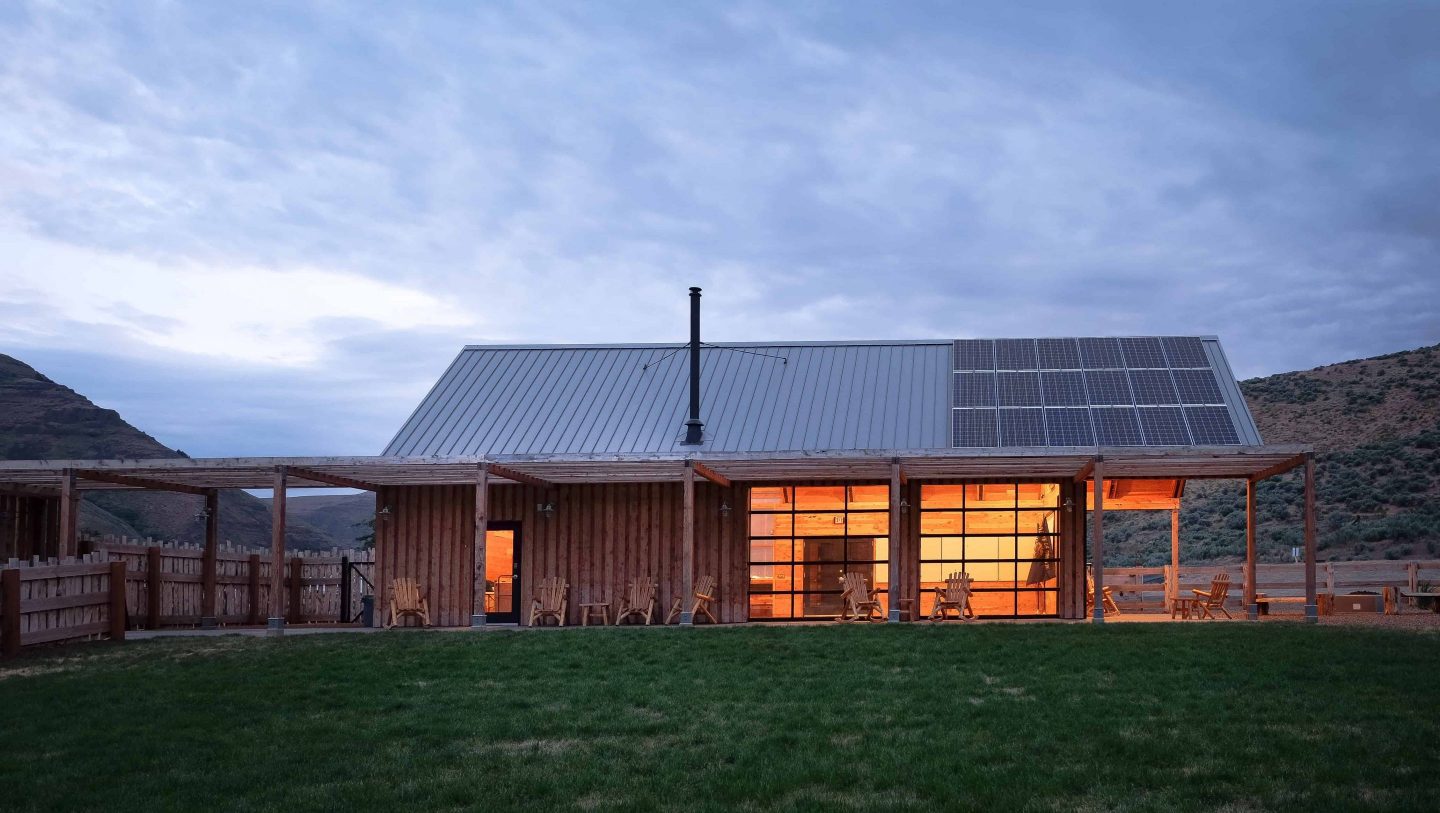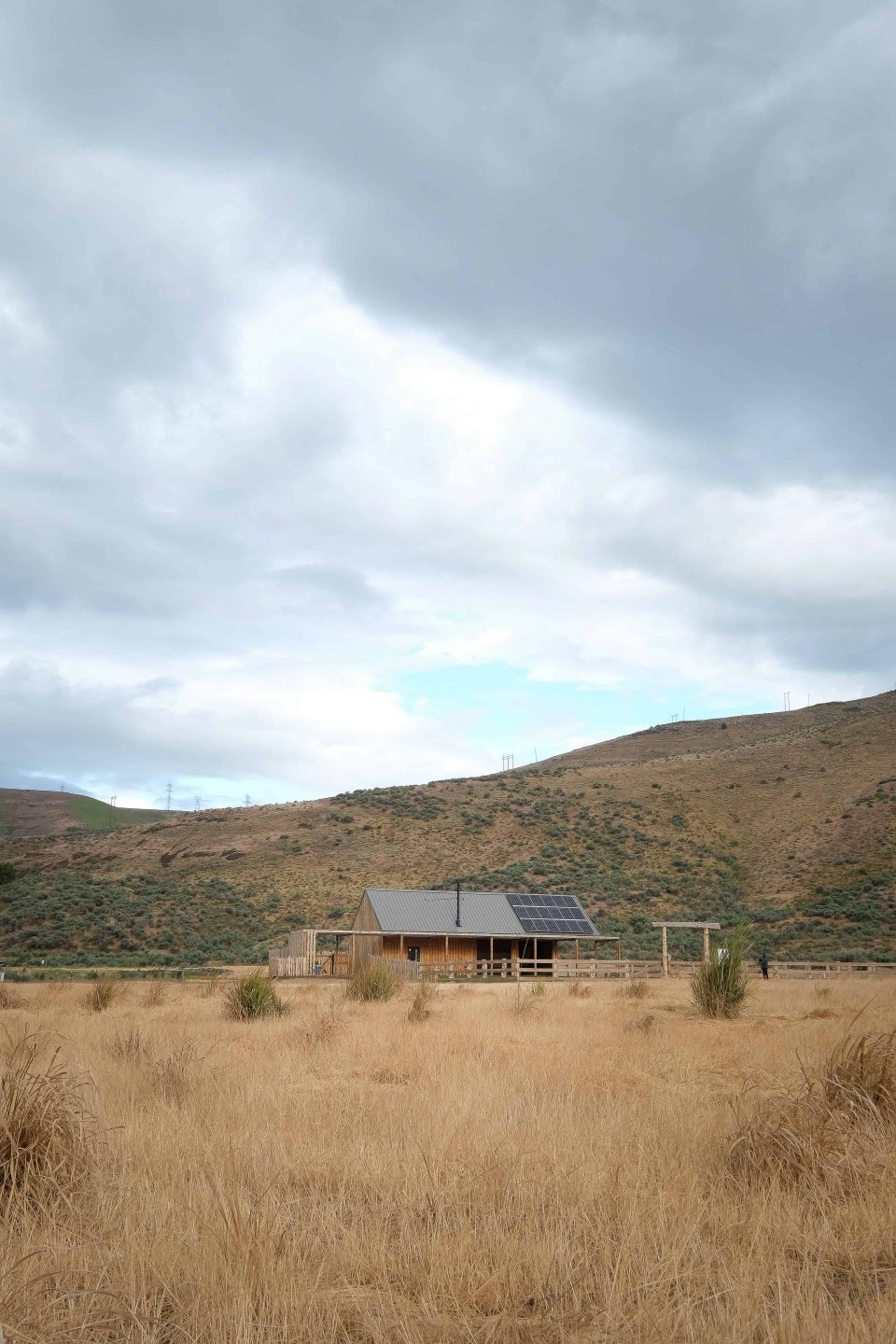Space for a Home: Site Selection
With property prices on the rise in Seattle, many minds have been opened to the idea of expanding the home search into more rural spaces. For a long time, the less commercially developed parts of Washington state have offered appealing acreage for a retreat outside the city. The appeal of uncharted territory is universal, and so are the challenges: What is the difference between a suitable and a challenging site? What determines those differences? And how can one evaluate cost up front by understanding what’s involved in creating a place out of raw land?
A site-specific approach to a project – at all scales embraces both the challenges and rewarding nature of carefully selecting and building on an undeveloped plot of land. The following are some of the starting points and considerations we keep in mind. As you chart what applies to this process, you could hire an architect or builder on an hourly, pre-design basis to guide you through, or you can work on your own.
SELECTING THE SITE
Important first steps include an understanding of site conditions, both in what is allowed and what improvements will need to be made to the ground or site in order to support a new structure. Taken lightly, these elements can be budget busters or dream killers. Approaching them with awareness can outline a clear path and open opportunities for your vision to flourish. Items to request information on or present as part of your conditions for offer could include determination of:
Conservation easement
Some sites have limitations as to where construction can happen, including the building, driveways, septic systems, stormwater treatment, and pathways. Verification of site viability is a critical first step to define feasibility on rural lands.
Wetlands and associated buffers
Understanding wet areas of a site and how they are classified is critically important before purchasing a site. While building in wetlands can be mitigated elsewhere, the cost of solutions can spiral. Offsets are sometimes possible, so understanding the actual impacts prior to purchase are critical.
Soil conditions (geotechnical)
Understanding the capability of the soil to support structural and septic systems is an important budget management tool. Some soil conditions require technical foundations and septic systems, which could mean more cost for the building footprint. While this is not a deal-breaker, it could influence the size or way you envision your home.
Mitigation requirements
All of the above items can require some sort of mitigation, whether it is through land exchange, wetland restoration, or evolution of your vision with the site conditions. Mitigation can result in naturalized areas to enjoy, so engaging the technical with a natural approach can be beneficial
Utilities
Understand whether power and water have been extended to the site. If not, determine what is needed to get it there, from well drilling to water collection to power and gas service or delivery. Utility companies typically welcome inquiry about availability of service.
SITUATING THE HOME
How do you assess the site condition to create a special place in the world? Right-sizing the project to the land and maximizing the potential offered by the site are paramount. Consider:
Trees
Can you work around them? Can they influence how you experience the world from within and outside the house? Consider the value of mature trees on the experience of the design and how they can influence the spaces and shape of the dwelling.
Water
While the view to the water from the kitchen is lovely, stepping back from the edge and creating a place in the landscape to embrace it can amplify the special quality of the relationship with nature.
Topography
As kids, we fought for the top of the mountain. Standing there was the best. Thing. Ever. Putting a home there is final. There is no higher place. Why not put the house below the ridge so that you can hike to the top to visit that high point again and again. And again.
Views
Consider not only your view, but the view of others. Framing a view through trees can create a seasonal relationship with the place that changes over time.
Rocks & land forms
Consider extending the land to embrace the building, or inspiring the building to extend the land. Moss, meadow, and fern roofs, with land draping over living space can blur the line between living space and nature.
FRAMEWORK FOR DESIGN
Once you have purchased a site, you may have another set of questions. There are many advisers to gather information from–from financial to real estate services, neighbors, and friends and family – to gather insight into how to structure your project. This work can be undertaken on your own or with professional support. Important consultation from an architect and general contractor to evaluate the site findings can determine project budgets and timelines for design, permitting, and construction as early as possible so the vision of your place can flourish.
